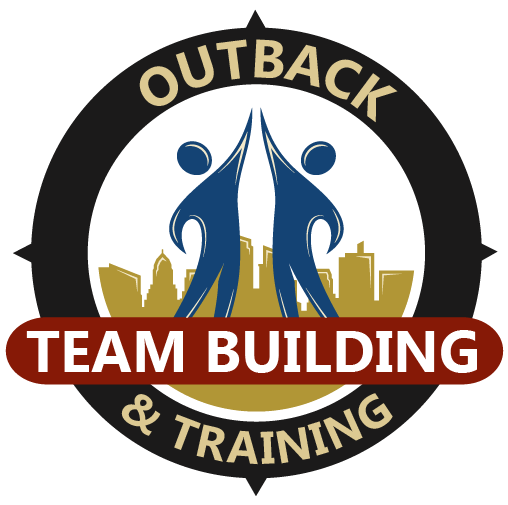If monitoring employee engagement isn’t high up on your company's priority list, it should be. Find out how effectively tracking it can have a significant impact on your bottom line.
If monitoring employee engagement isn’t high up on your company's priority list, it should be. Find out how effectively tracking it can have a significant impact on your bottom line.
Employee engagement can seem like a vague concept that has little relevance to your everyday business. But did you know that it has been directly linked to statistics, such as:
- Highly engaged employees are 87% less likely to leave an organization compared to disengaged employees. (Corporate Leadership Council)
- Organizations with highly engaged employees achieved 2X the annual net income. (Kenexa)
- Workers who feel engaged are 21% more productive, 22% more profitable, and get 10% higher customer ratings. (Gallup)
- Unengaged employees have 37% more absenteeism and 35% more turnover. (Fast Company)
So, now comes the hard part. How do you measure employee engagement and report your findings in a meaningful way?
Chances are you’ll be able to tell when employees are engaged and office morale is high. But anecdotal observations won't cut it if you're discussing engagement with your leadership team or CEO.
Keep reading to find out three actions you can take to monitor employee engagement at your company.
3 Steps to Effectively Measure Employee Engagement
Below are three courses of action our team recommends to track employee engagement in a meaningful way that you can report on.
1. Send Out Internal Surveys
The first step to being able to accurately report on your employee engagement is to start sending out regular internal surveys. With a variety of online tools to choose from, such as Officevibe, Gallup's Q, and TINYpulse, this is a quick and easy way to get a sense of how people are feeling about things, such as:
- Their role and the work they do
- The office environment and workspace
- Their relationships with colleagues and managers
- Benefits packages and compensation
You can also use these surveys to track your employee Net Promoter Score (eNPS). This is the measurement that Outback's HR department has used to collect employee engagement data over the last several years with great results.
Tracking eNPS is easy. All you need to do is include the following question in your monthly survey, with the option to answer on a scale of zero to 10:
“How likely are you to recommend working here to a friend or family member?”
You can also include questions asking for general feedback, but our team suggests making these questionnaires quick, easy, and with the option to answer anonymously. That way, you'll be more likely to hear from everyone, which will make your data more accurate.
Tracking engagement levels and eNPS is a long-term commitment. Consistently collecting feedback is crucial to understanding and reporting on employee engagement. At Outback, for example, our team sends weekly surveys, with one a month including the eNPS question.
2. Review Survey Results
After you've collected employees' suggestions and Net Promoter Scores, it's time to review the feedback, decide what the company can take action on, and calculate your eNPS for the month.
To determine your eNPS, divide your scores into the following three categories:
- Rating between 0 – 6: Detractor
- Rating between 7 – 8: Neutral
- Rating between 9 – 10: Promoter
All Neutral scores can be discarded, as they do not play into your eNPS. From there, simply subtract the percentage of Detractors from the percentage of Promoters. For example, if you had 10 scores made up of five Promoters, three Neutrals, and two Detractors, you would:
- Ignore the 30% Neutrals
- Subtract the 20% Detractors from the 50% Promoters
- For a final score of 30 eNPS
3. Take Action Based on Feedback
After you've determined your rolling month-to-month eNPS and reviewed employee feedback, you'll have a better understanding of the engagement levels within your organization.
Use results to report any changes in eNPS to your leadership team on a regular monthly or quarterly basis. This data will be a good indication if the company is doing things right and should keep doing them, or if there are adjustments that should be made.
To improve a low employee Net Promoter Score, or maintain a high one, our team recommends taking action on the feedback people provide in your surveys. By implementing employee suggestions when possible, no matter how small, you're likely to make your team feel that they are being heard.
Read our recent news article to learn more about how you can improve low eNPS and employee engagement.
Still Not Sure Where to Start?
You can also download A Manager's Guide to Improving Employee Engagement for more resources, sample survey questions, and strategies to improve common employee engagement issues. Simply click the button below for access to your free copy of this all-in-one PDF document.



